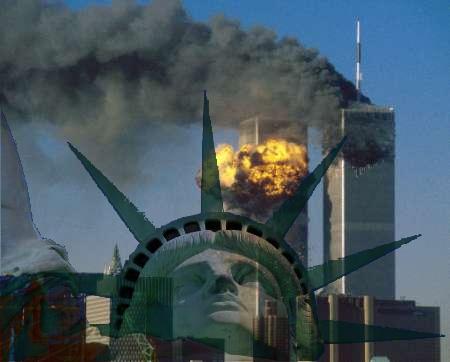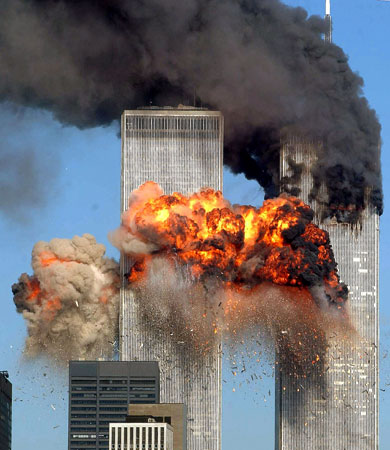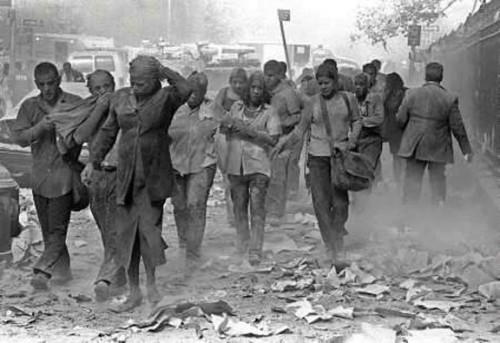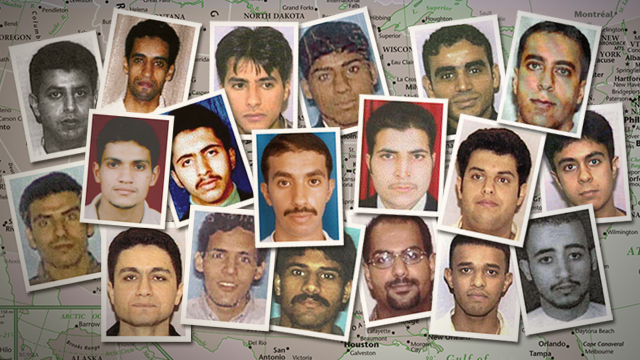
When the Soviet Union pulled troops out of Afghanistan in 1989, a civil war began as the Mujahideen groups began fighting each other for control of Kabul, the capital city. After several years of devastating fighting between themselves, a new armed movement emerged, known as Taliban, or “students of Islam”and took control.

The Taliban implemented one of the strictest interpretations of Shar’ia law ever seen in the Muslim world including the complete ban of education for girls and employment for women. The new regime was widely criticized internationally for its treatment of women.
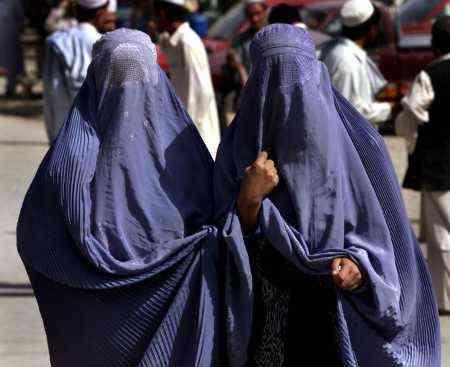
Women were forced to wear the burqa in public, because, according to a Taliban spokesman, “the face of a woman is a source of corruption” for men not related to them. A burqa is an outer garment that cloaks the entire body and head, with a mesh panel covering the eyes.
Women were not permitted to work; prior to the Taliban women made up 25% of the Afghan government’s work force. While female health care workers were exempted, they endured a segregated bus system and extreme harassment.
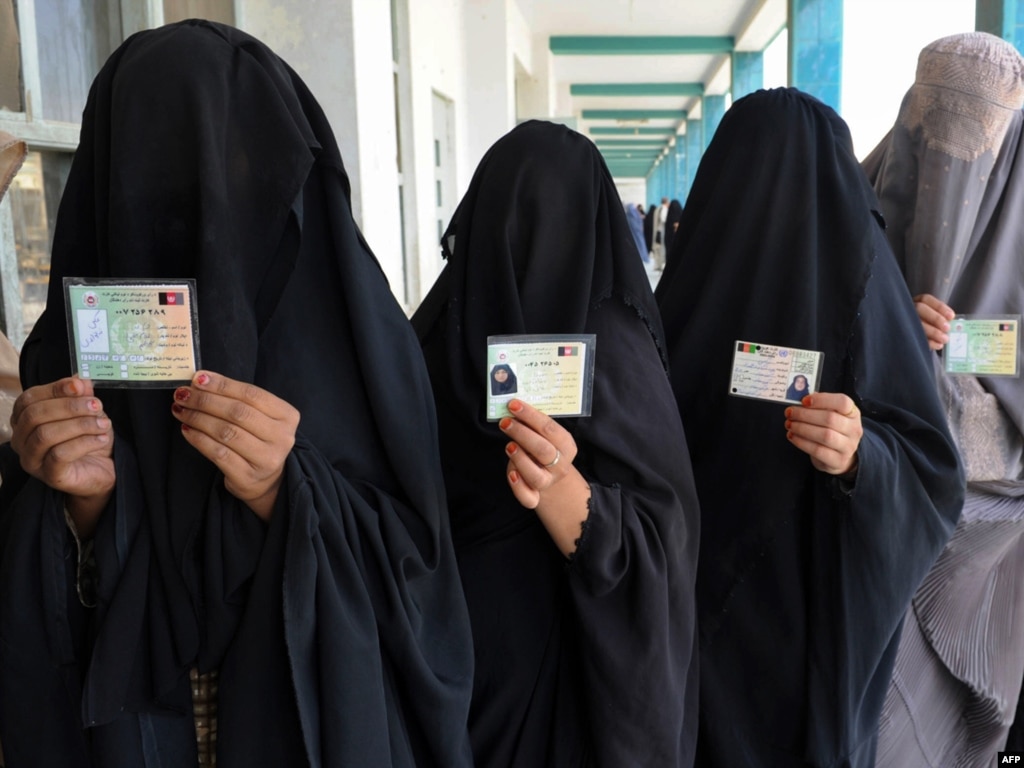
The education of girls was banned after the age of eight, and until then, they were permitted only to study the Qur’an. Women seeking an education were forced to attend underground schools where they and their teachers risked execution if caught.
They were not allowed to be treated by male doctors unless accompanied by a male chaperone, which led to illnesses remaining untreated. For violating these prohibitions, they faced public flogging and execution.

The Taliban allowed and in some cases encouraged marriage for girls under the age of 16. Amnesty International reported that 80 percent of Afghan marriages were without the girl’s consent.
From May 1996, Osama bin Laden, founder of the terrorist group al Qaeda and responsible for the 9/11 attacks on the U.S., was living in Afghanistan with other members, operating terrorist training camps in a loose alliance with the Taliban.
After the 2001 attacks, America and its allies sent troops to free the Afghan people from the rule of the Taliban and to kill Osama bin Laden.
The results were the liberation of over 13,000,000 Afghan citizens from oppressive Taliban rule and the prevention of al-Qaeda operations in that area.
The first task was the creation of a new, democratic government in Afghanistan. A land of tribal warlords, Hamid Karzai emerged as an influential man, who would accept the position as Interim President of Afghanistan.
However, by 2008, it was clear that the Taliban was not completely defeated. A resurgent Taliban, having regrouped in Pakistan, was again engaging U.S., Afghan and international forces in Afghanistan.
In the first months of the Obama Administration, additional U.S. forces would deploy to Afghanistan to deal with increasing aggression by the Taliban. Pakistan would prove to be a fragile state, with the Taliban engaging their forces 20 miles from the capital city, Islamabad.
Obama promised to bring our troops home by 2014 but he recently changed his mind and said that American soldiers would remain in Afghanistan as long as he is President.
Watch this 3 minute video that was shown on the news only six months ago.
Written assignment: Write FIVE questions along with the answers, based on the above reading and videos. Title your page: Afghanistan War Q & A.
Comment: Why did our President decide to leave American troops in Afghanistan? Do you think this is right?
Comment: Why did our President decide to leave American troops in Afghanistan? Do you think this is right?







JoeWoolhead_%20114%20(2).jpg)
